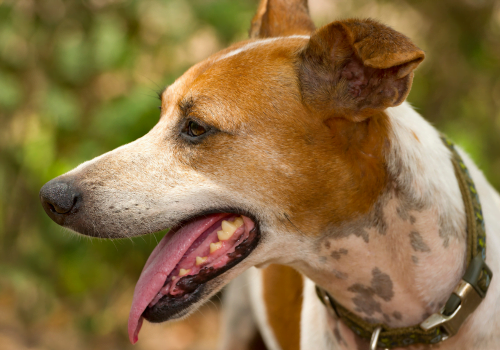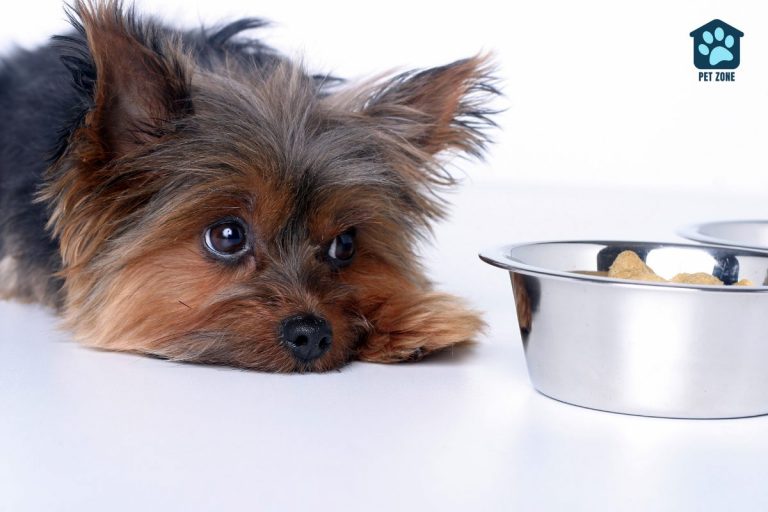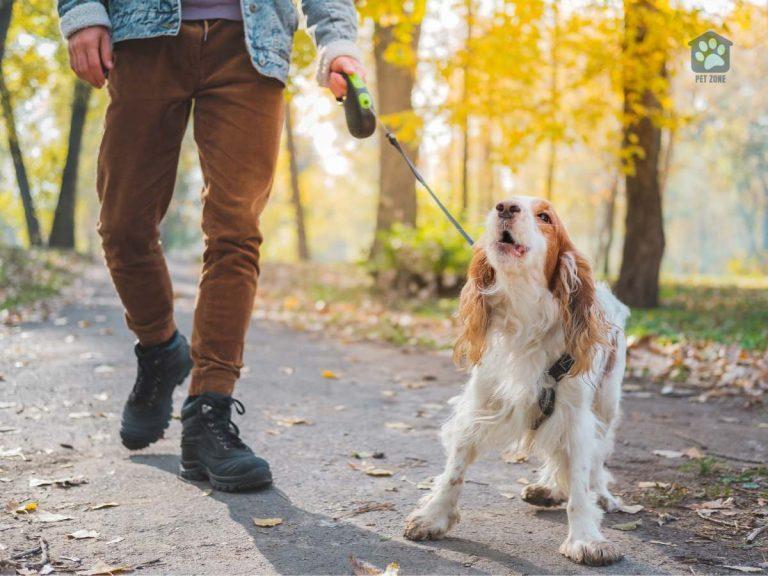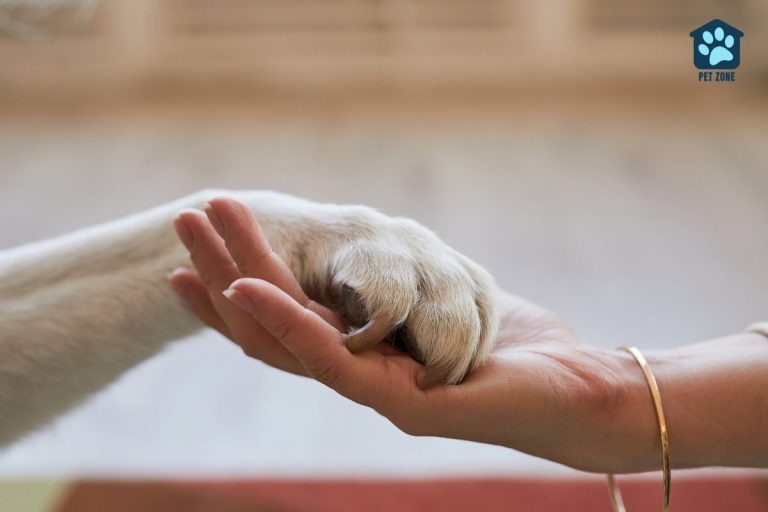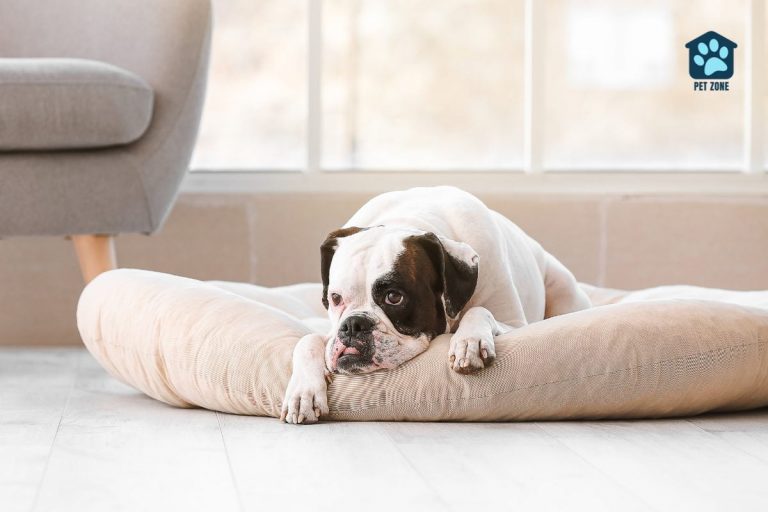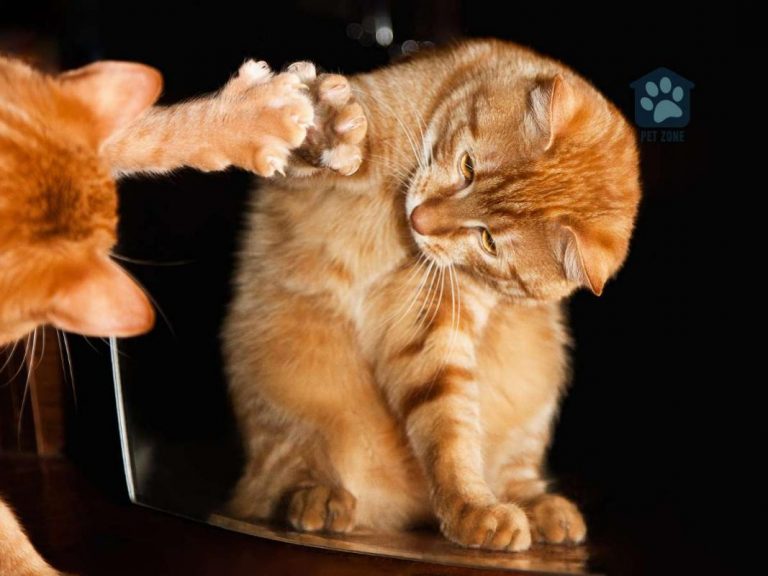Estimated reading time: 2 minutes
We often marvel at the remarkable ability of our canine companions to stay active even in warm weather. A key aspect of their cooling system is panting. But have you ever wondered what property of water enables dogs to cool themselves through this process? In this article, we’ll dive into the fascinating world of dog thermoregulation, uncovering the secret behind panting and the vital role water plays in keeping your furry friend comfortable and healthy.
Panting is a Dog’s Natural Air Conditioning System
Dogs are unable to sweat like humans, so they rely on panting as a primary means to dissipate heat. When dogs pant, they rapidly expel warm, moist air from their lungs, which is replaced with cooler, drier air from the environment. The secret behind this efficient cooling mechanism lies in a fundamental property of water: its high heat of vaporization.
Heat of vaporization refers to the amount of energy required to change a liquid into a vapor at a constant temperature. Water boasts a remarkably high heat of vaporization, meaning that it can absorb a significant amount of heat as it evaporates. When dogs pant, the moisture from their respiratory system evaporates, drawing heat away from their bodies and cooling them down in the process.
Helping Your Dog Stay Cool and Hydrated
As responsible pet owners, understanding the importance of water in our dogs’ cooling process enables us to take proactive steps to support their well-being, especially during warmer months. Here are some practical tips to help your dog stay cool and hydrated:
- Always provide fresh, clean water: Make sure your dog has access to clean drinking water throughout the day. This is crucial for maintaining their overall health and helping them regulate body temperature.
- Offer shade and a cool place to rest: Create a comfortable, shaded area for your dog to relax in, especially during hot summer days. This will encourage them to take breaks and avoid overheating.
- Monitor exercise and activity levels: Be mindful of your dog’s activity during warmer weather. Schedule walks and playtime during cooler parts of the day, like early morning or evening, to prevent overheating.
- Recognize the signs of heat stress: Learn to identify symptoms of heat stress, such as excessive panting, drooling, or lethargy. If you notice any of these signs, help your dog cool down by providing water, shade, or even a cool, damp towel to lie on.
Conclusion
Water’s high heat of vaporization is the crucial property that allows dogs to cool themselves through panting. By understanding this process and providing the necessary support for your canine companion, you can ensure their comfort and well-being, regardless of the temperature outside.


